Dave Perkins' 4mm locos and rolling stock
0-4-4T No 34
This loco was built from an Albion (now Roxey Mouldings) kit in 1993. It is powered by a Portescap RG4 1219 motor, driving through an MJT gearbox conversion kit. |
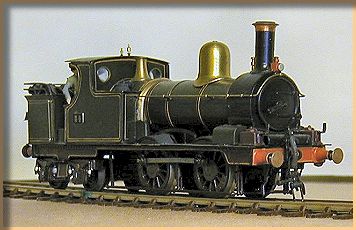
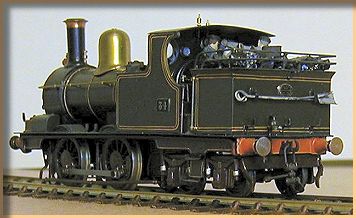
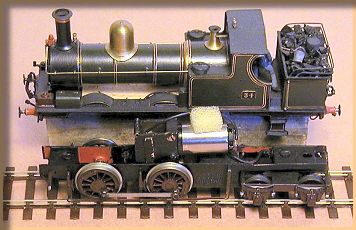 |
3521 class No 3546
This loco was built from a Peter K kit in 1987. It is driven by an RG4 1219 motor/gearbox, using Romford drivers and Gibson carrying wheels. |
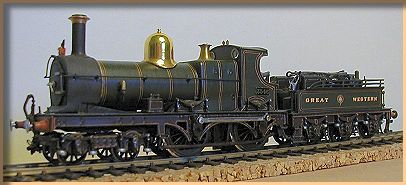
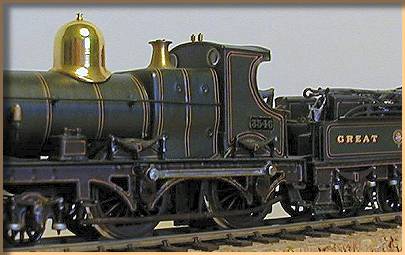 |
3232 class 2-4-0 No 3245
The loco was built from a Martin Finney kit and constructed as supplied, using the S2 boiler with extended smokebox. The engine is generally depicted in as-built condition. It is powered by an RG4 1219 using the gearbox conversion kit supplied in the kit and driving on the trailing axle. The leading driving axle is mounted in sprung hornblocks and the carrying axle is also sprung. |
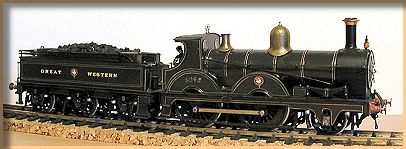
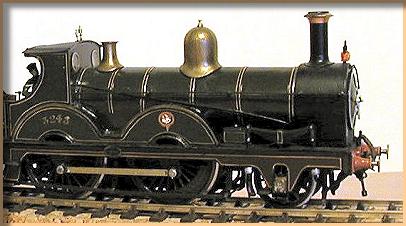 |
Armstrong Goods No 794
This is from a NuCast kit, built to conform to the condition of the engine during the period 1902–1909 with an S4 boiler. Powered by an unmodified RG4 1616 power unit driving on the centre axle. |
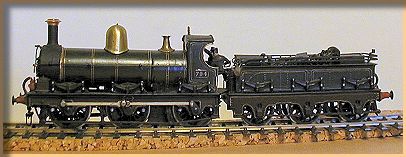
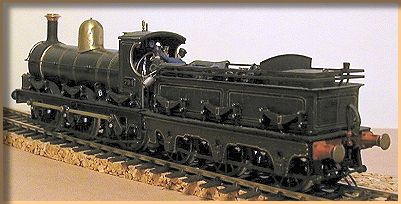 |
River Class 2-4-0
Modified from a Peter K kit. Powered by a Portescap RG4 1219 and gears driving through an MJT gearbox conversion on the front driving axle. This power unit arrangement allows the ashpan to be filled with lead ballast, giving a well balanced engine with weight where t is most wanted, between the two driving axles. The chassis is rigid.
The 'OO' spacers supplied in the engine kit are dimensionally faulty and produce a chassis with full back-to-back width leaving no room for bearing flanges and wheel bosses. A suitable heavy brass chassis was utilised and overlaid with the inside frames supplied in the kit making for a much stronger, more solid rigid unit.
The boiler was turned up by a friend with a lathe from heavy-walled brass tubing to provide more weight. The firebox wrapper from the kit is inlaid in the rear portion. The boiler-to-firebox mating ring was modified to suit. Otherwise, construction followed the kit instructions. The drivers are Romfords, the carrying wheels Slaters.
The chassis and body are a very good fit and have been successfully road-tested. The boiler fittings are not attached in the view above. |
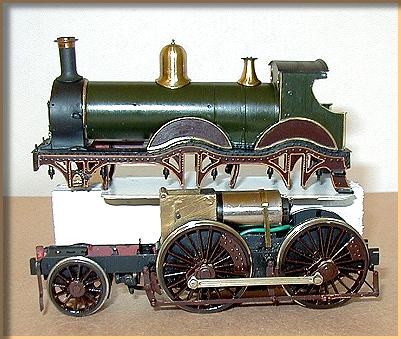 |
| GWR passenger luggage van to Diagram K1, from a kit by IKB Models (now BGS) |
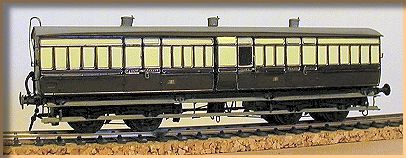
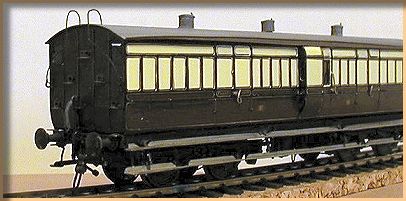 |
| Diagram S2 Fish Brake of 1889, built from a Roxey Mouldings kit |
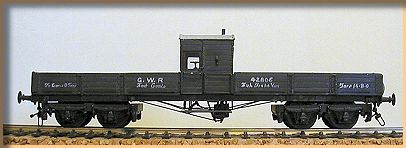 |
Cowan & Sheldon 15-ton steam crane as used by the GWR
The crane kit is by D&S, the runner is homemade |
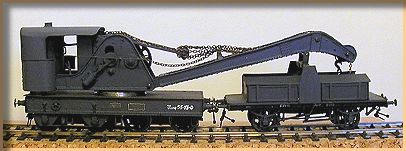
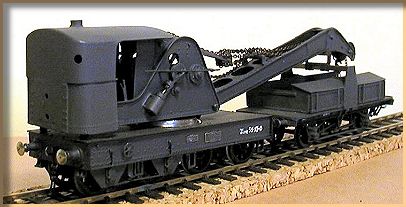
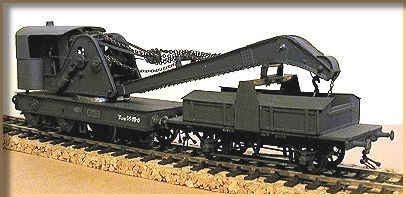 |
| Diagram N6 Horsebox built from a PC (now 51L) kit |
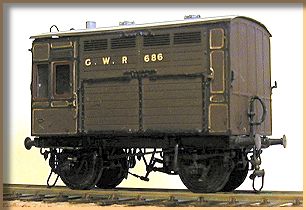 |
| Diagram AA16 outside-framed Brake Van, from a D&S kit |
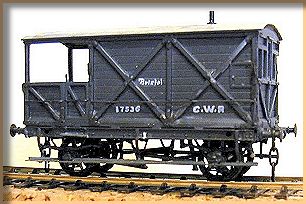 |
| Diagram P7 Carriage Van, built from a Colin Waite kit |
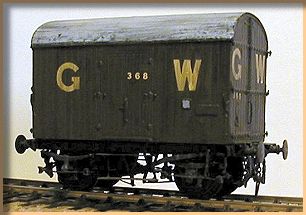 |
Here are a few snapshots from Dave's fiddle yard, while his next layout is underway (to be set in the summer of 1907). The stock in the background is interesting in itself!
| Parcels Van to Diagram W1, converted from Ratio 4-wheeler kits |
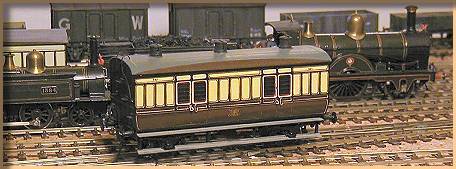 |
| 6-wheel Clerestory Tri-Composite, modified from an old K's whitemetal kit |
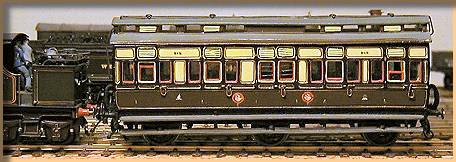 |
| No. 34 and the Clerestory Tri-Composite |
 |
|





















